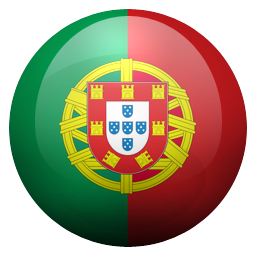Abstract
This medieval urban planning and urban history case study on the city of Torres Vedras was developed over three moments in which the author seeks to identify its matrix, as well as the main elements that conditioned the organization and disposition of the urban area. Part of the origins of Torres Vedras's population, whatever the root for the name may be, identifies the roman matrix in the disposition of the urban area, and culminates in the organization of space during the medieval period, with a special focus on buildings that represented power — the city hall or the Council House, the royal palace, the four parish churches (Santa Maria, São Pedro, São Tiago and São Miguel), a monastery, the castle and the wall, encompassing its doors — including a reference to the Jewish quarter. In this empirical study, the author uses mainly documentary research and direct observation for the data analysis regarding the founding urban roman matrix of Torres Vedras, after which he concludes, in sync with Isabel de Luna, Guilherme Cardoso and André Baptista, about the founding urban roman matrix of Torres Vedras and its conditioning, in the medieval period, by the presence of buildings representing power that, paired with streets, would shape the city and contribute to define the organization and disposition of the urban area
References
ANTT (1859) Gavetas. III-6-3, XIII-9-27, XIII-9-29, transcritos por Figaniere, F. F. Memórias das Rainhas de Portugal. Lisboa : Typographia Universal, 252-255; Sousa, J. M. Cordeiro de - Fontes Medievais de História Torreana. Torres Vedras : Câmara Municipal, 1958. N.º I, III, IV, 5-8.
Baptista, A. J. D. (2013) O lugar como simbiose : centro histórico de Torres Vedras. (Dissertação de Mestrado) Universidade Lusófona de Humanidades e Tecnologias. Escola de Comunicação, Arquitectura,
Artes e Tecnologias da Informação, Lisboa, Portugal.
Luna, I., & Cardoso, G. (2013). «a urbe de Torres Vedras e a sua cerca medieval». In: I.C.F. Fernandes (coord.). Fortificações e território na Península Ibérica e no Magreb: séculos VI a XVI. Lisboa : Edições Colibri
; Mértola : Campo Arqueológico.
Silva, C. G. da (2012). Santa Maria e São Miguel» ; São Pedro e São Tiago». In: J.M. Tavares, J.A. Madruga, & C.G. da Silva. Medição do tempo em Torres Vedras. Torres Vedras : Câmara Municipal, 126 e 128-129.
Picard, C. (2000). Le Portugal musulman : VIIIe – XIIIe : l’Occident d’al-Andalus sous domination islamique. Paris : Maisonneuve & Larose, 150.
A Labor e Engenho utiliza a licença do Creative Commons (CC), preservando assim, a integridade dos artigos em ambiente de acesso aberto.

